ALEXANDER CALDER-nbsp(1898-1976)
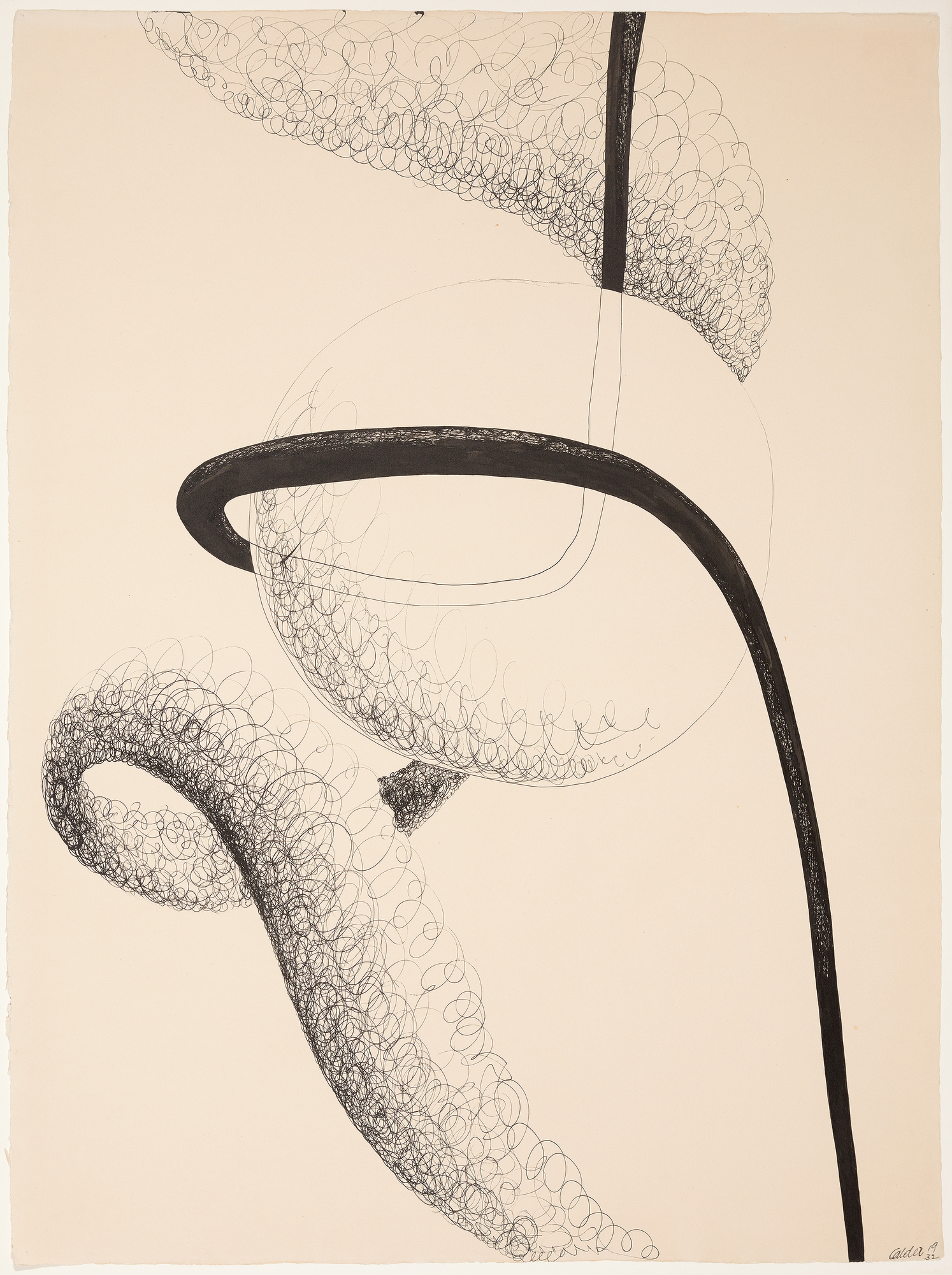
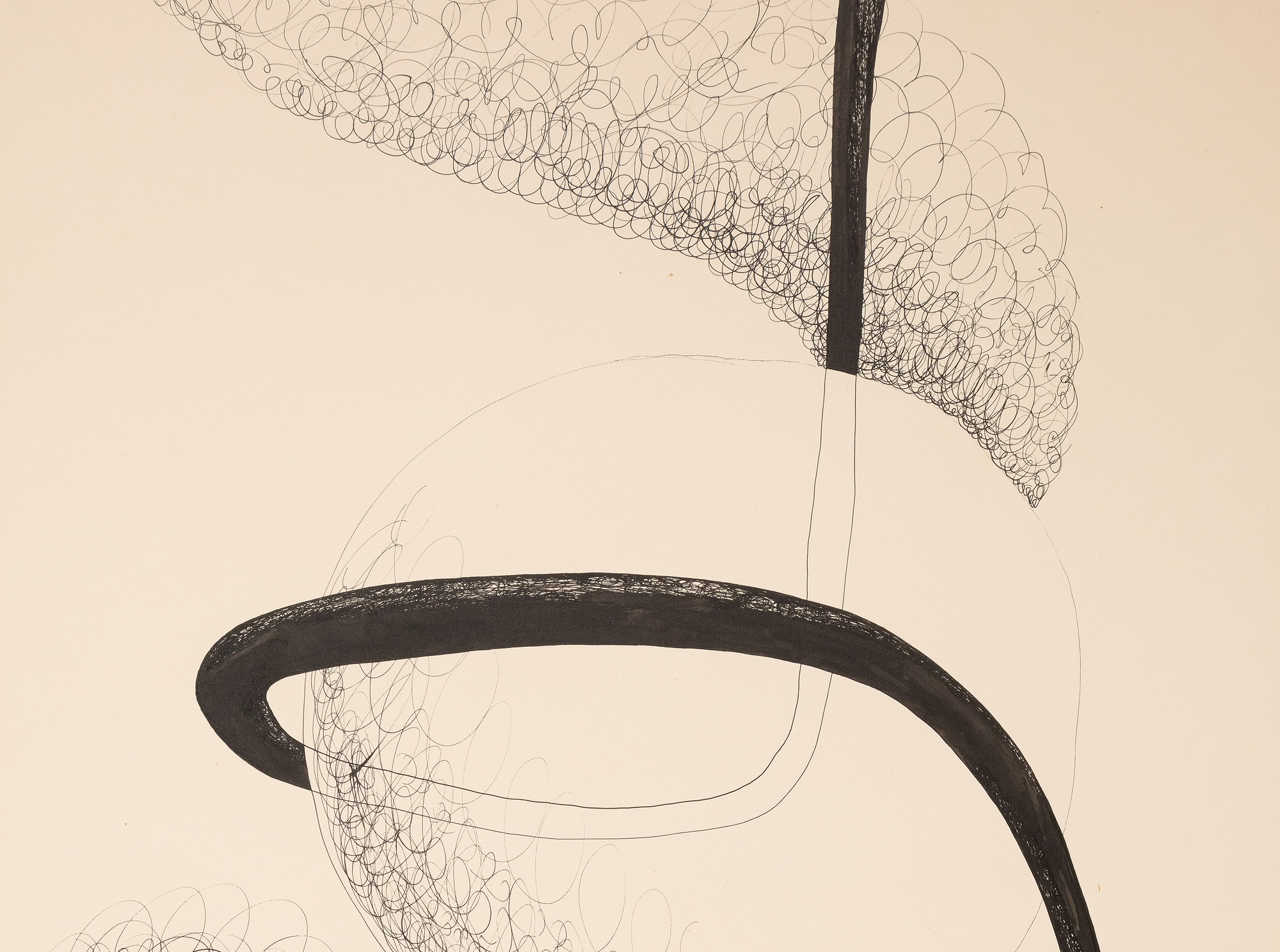
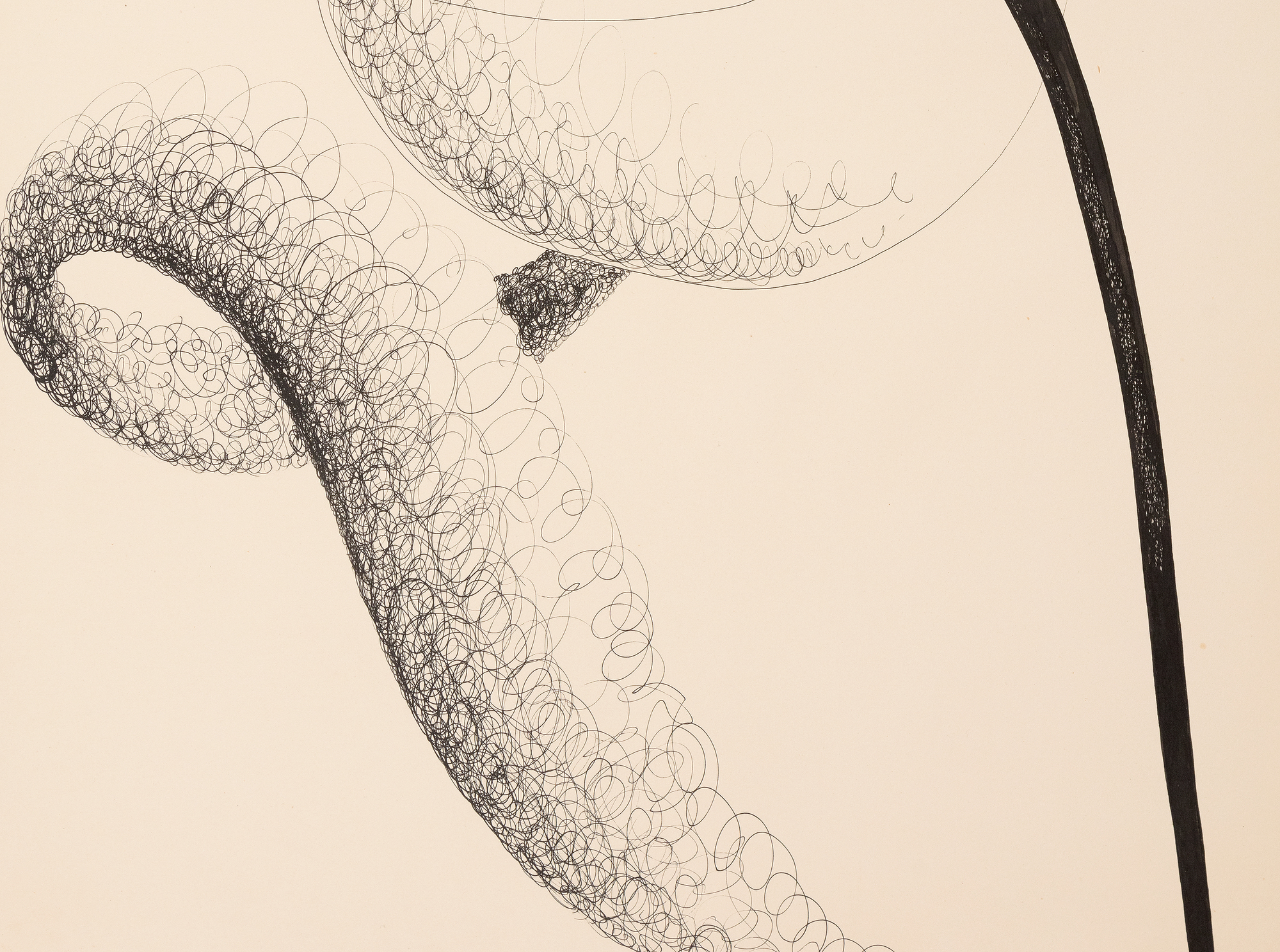
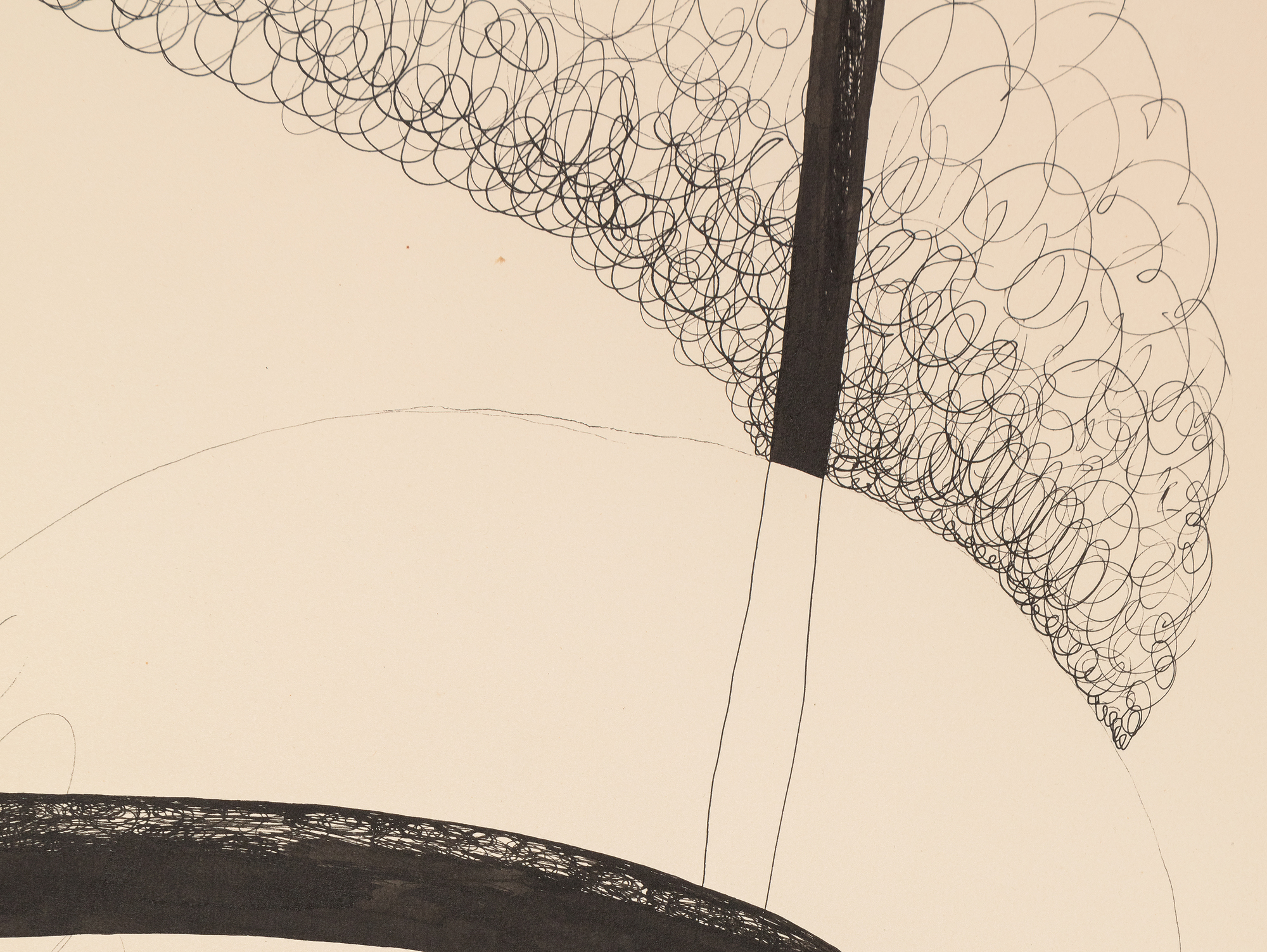
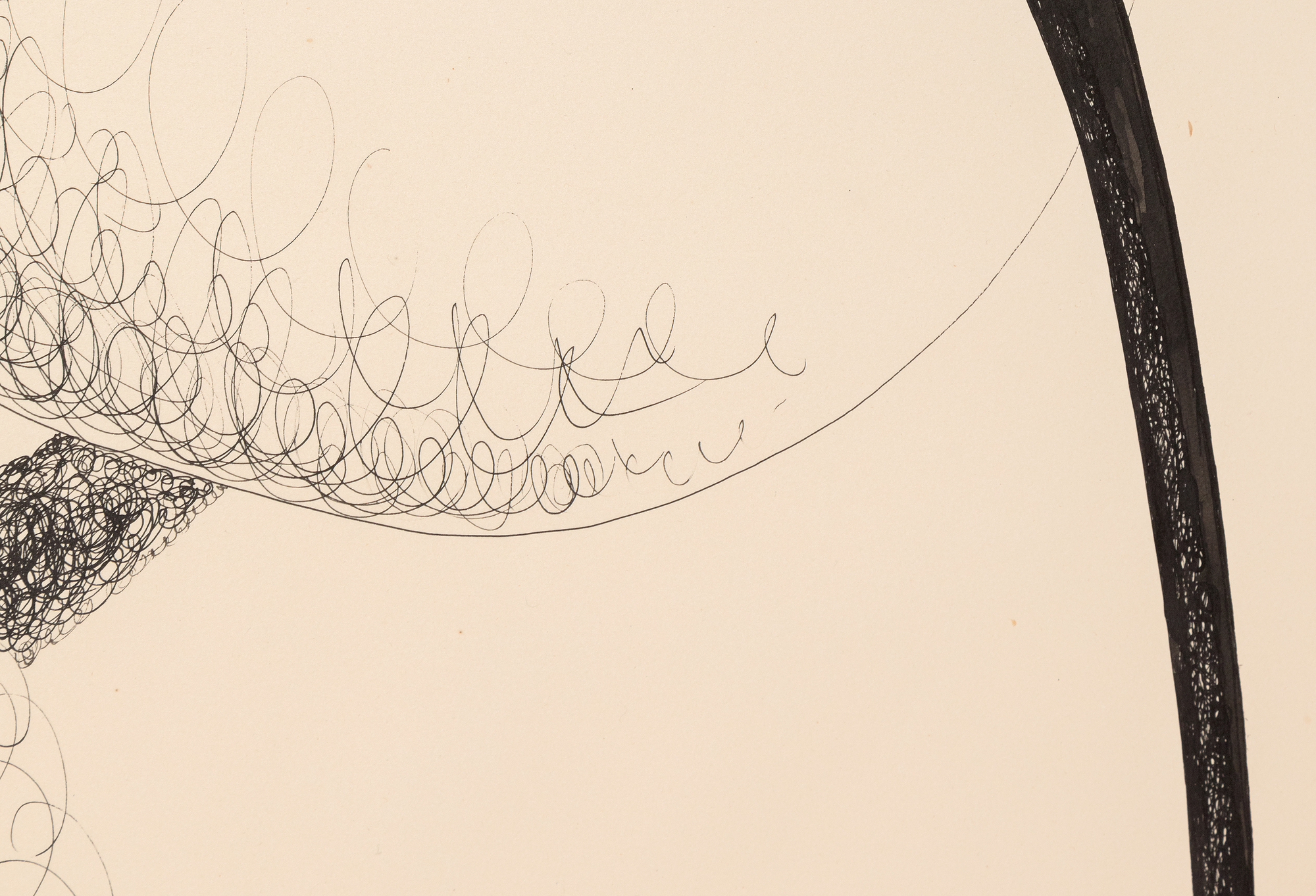
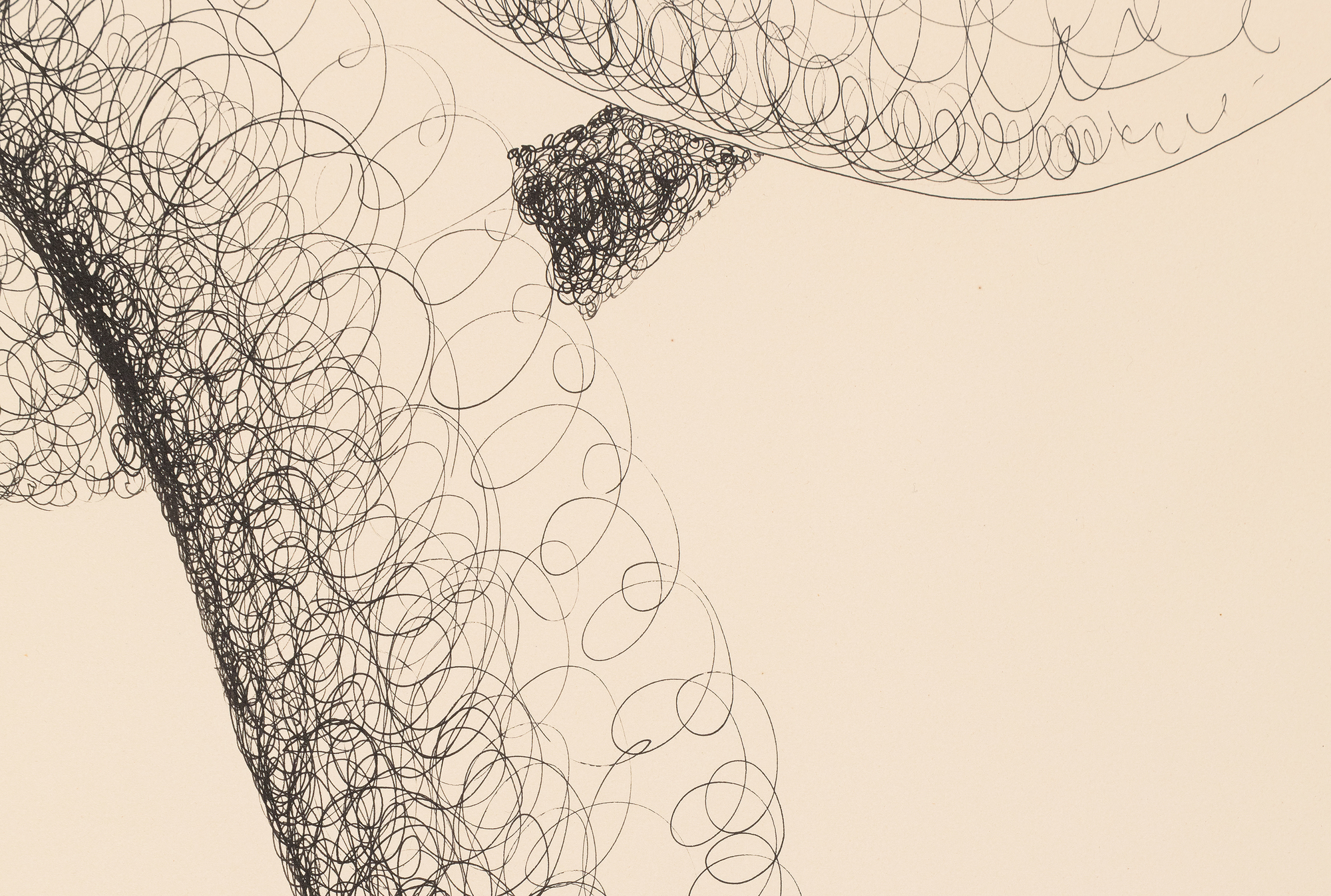
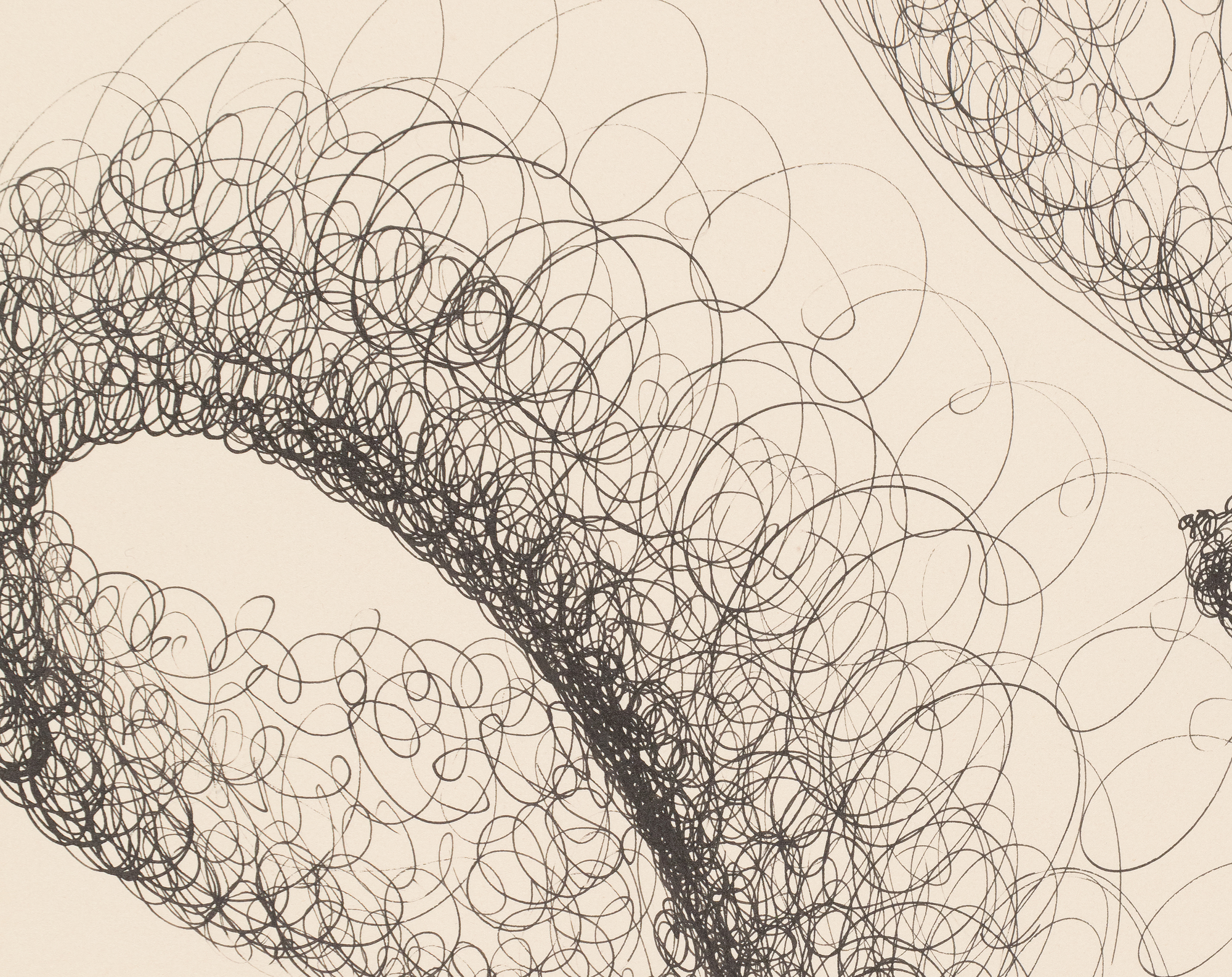
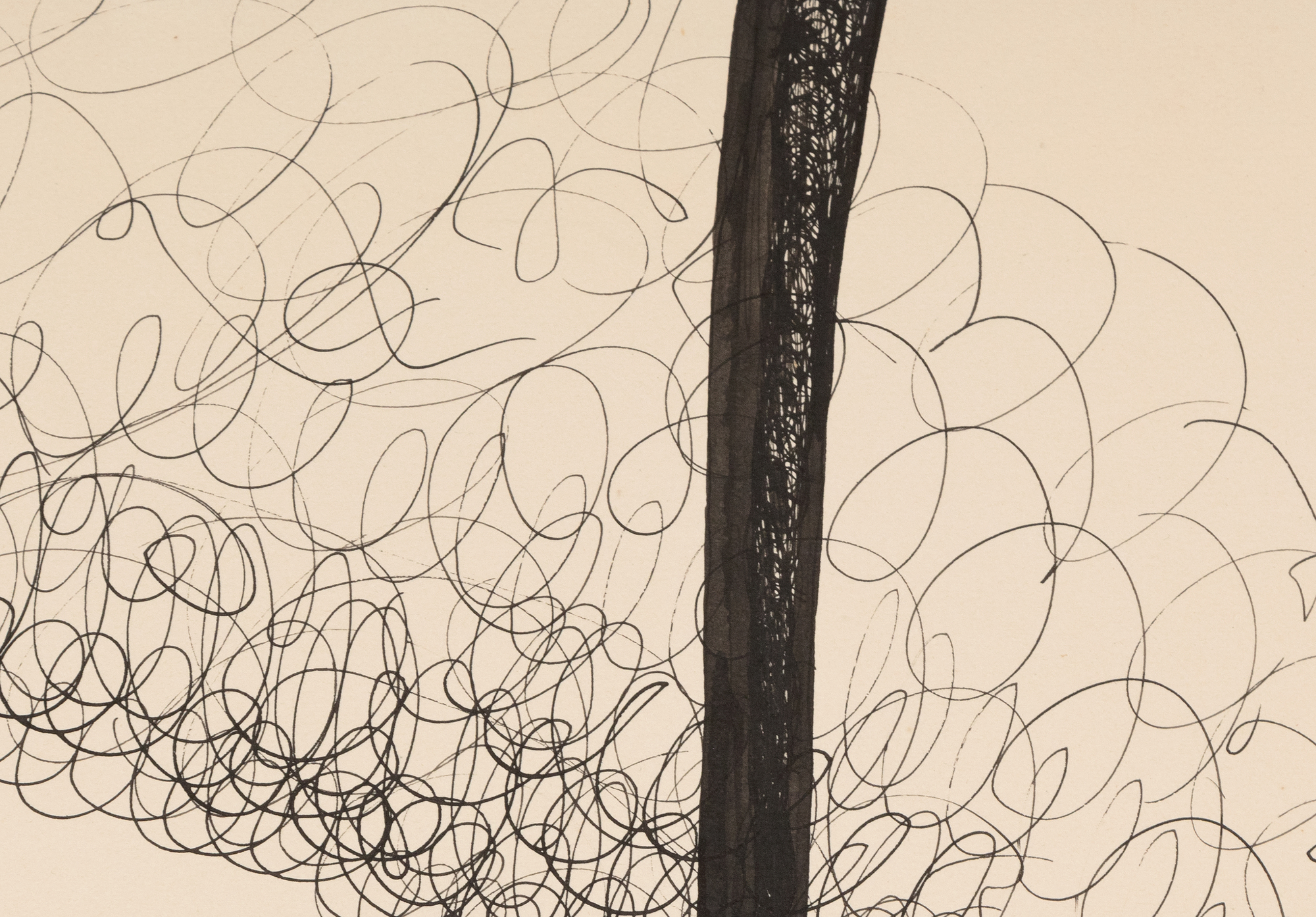
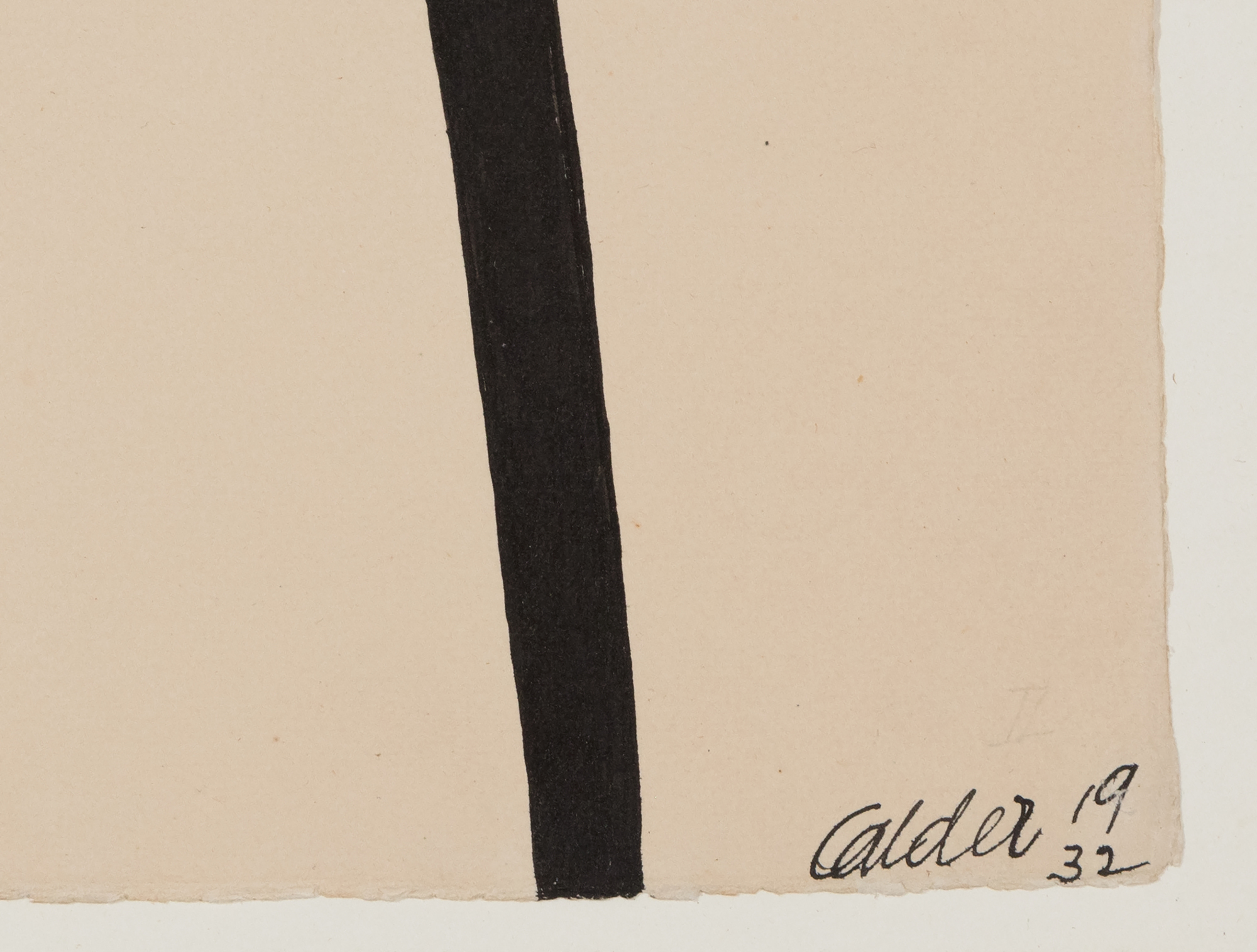
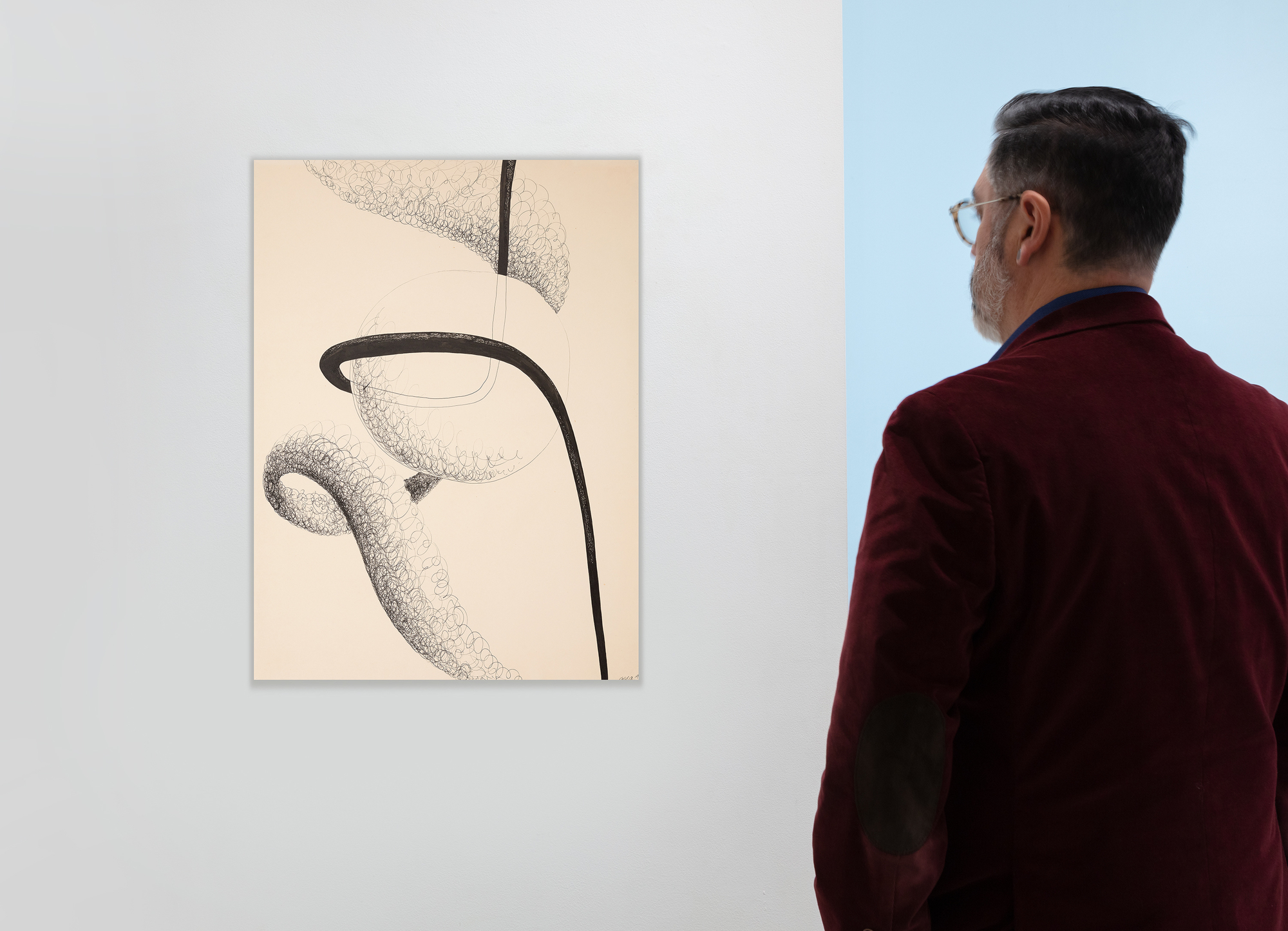
Provenance
Perls Galleries, New YorkCollection privée, Floride, 1974
230,000
Le dessin incarne la fascination de Calder pour les énergies invisibles de l'univers, transformant le papier en un champ de mouvement et d'espace. L'économie de la ligne met l'accent sur le geste et le rythme plutôt que sur la représentation, distillant ses explorations dans une composition graphique d'une clarté saisissante. Cette feuille appartient à un groupe clé d'œuvres sur papier de 1932, dont Space Tunnel et Movement in Space, dans lesquelles Calder expérimente le dessin comme moyen de tester des idées qui trouveront plus tard leur expression dans une forme tridimensionnelle.
La provenance renforce encore l'importance de cette œuvre. Tornade dans l'espace a été acquise par l'intermédiaire du marchand new-yorkais de longue date de Calder, Klaus Perl's de la Perls Gallery, et est restée dans la même collection privée pendant plus de cinquante ans. Des œuvres très proches de cette période sont aujourd'hui conservées au Centre Pompidou, à la National Gallery of Art et au Museum of Modern Art, ce qui souligne la rareté et la résonance de ce dessin dans l'histoire de l'art.
© 2023 Calder Foundation, New York / Artists Rights Society (ARS), New York


